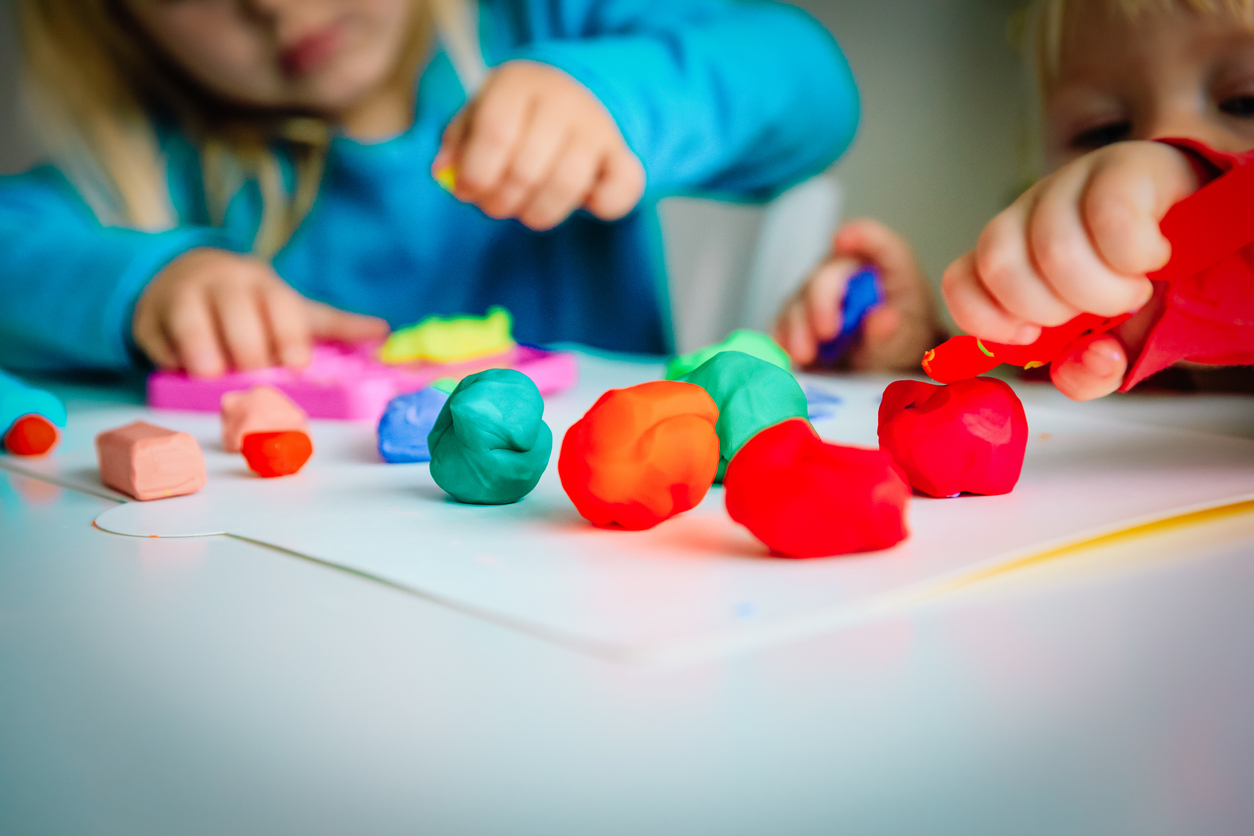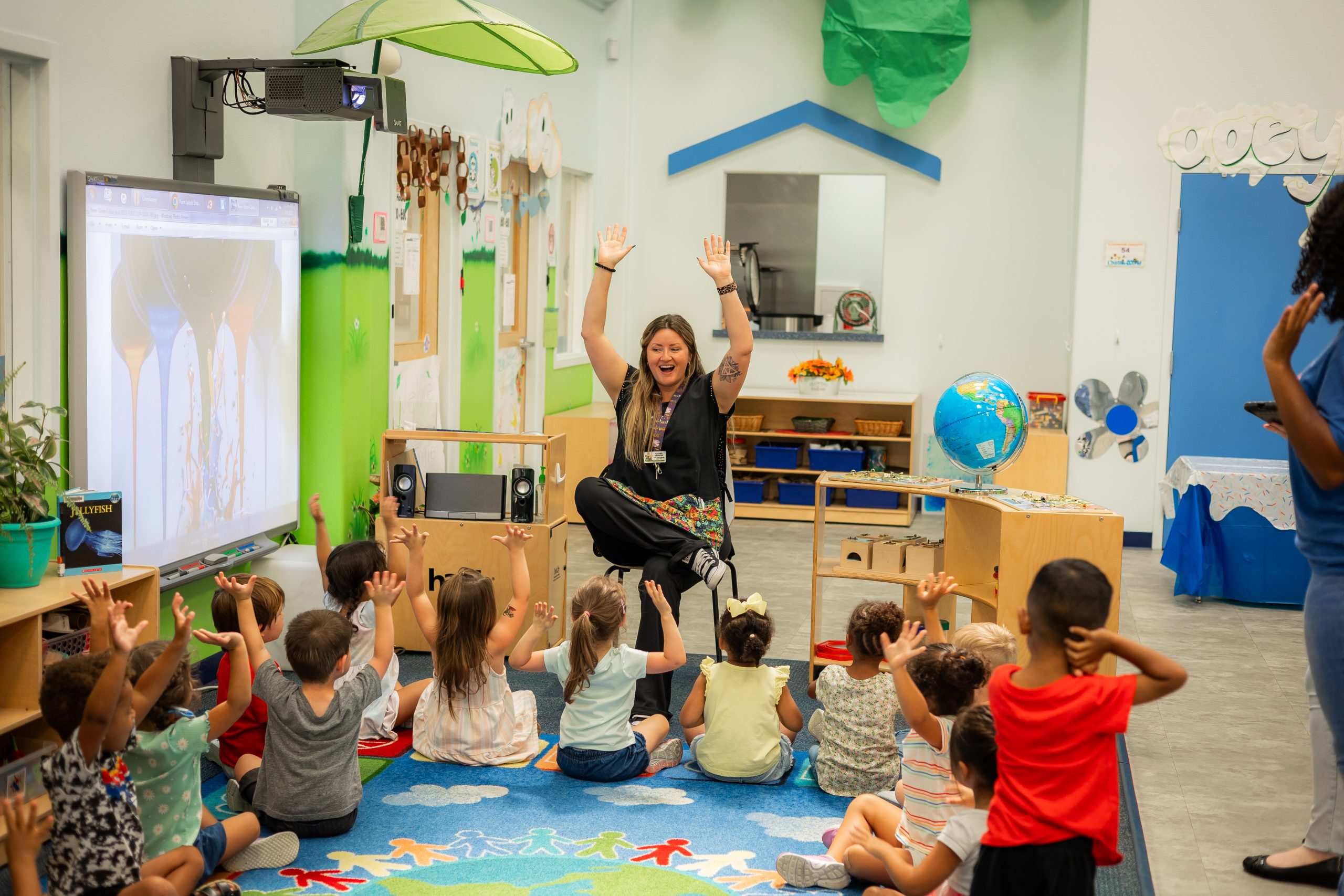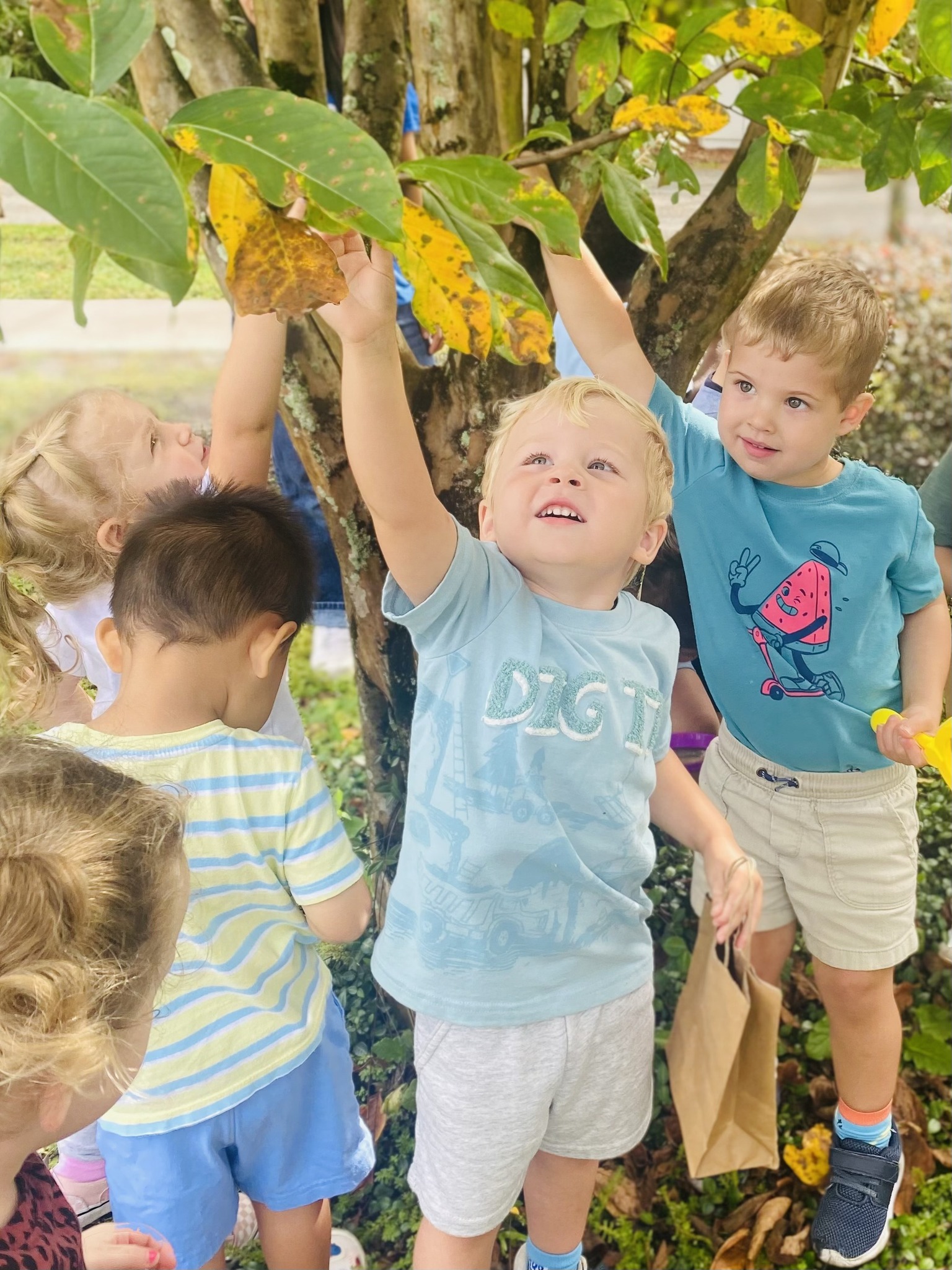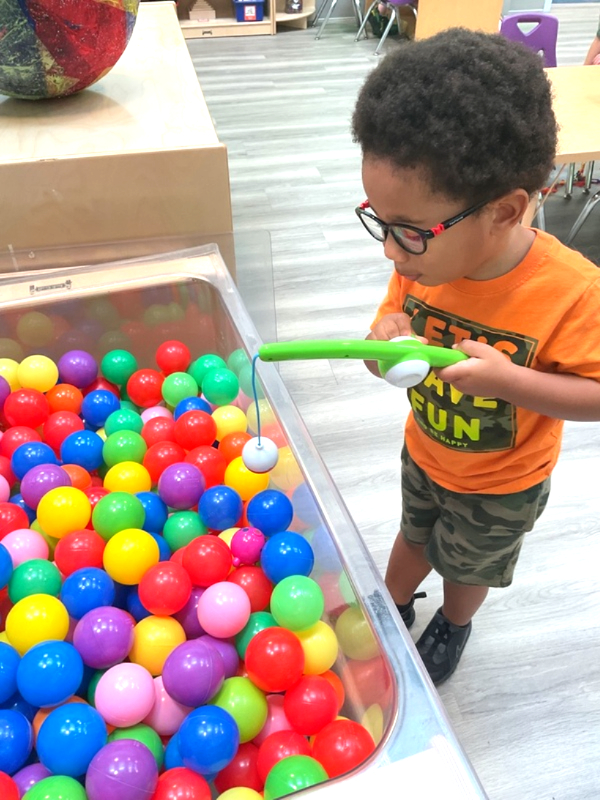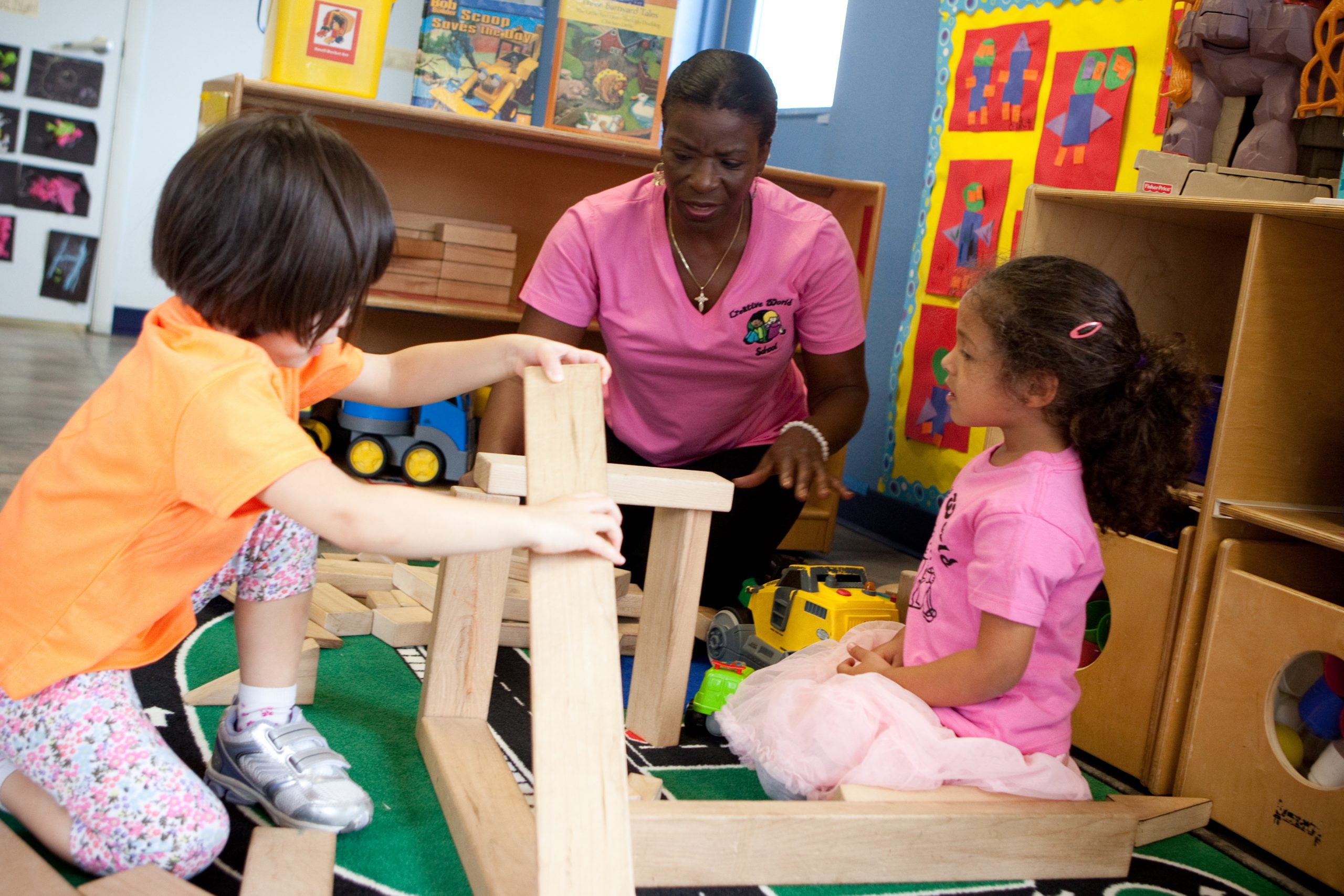
Fine vs. Gross Motor Skills: Why They Both Matter
Creative world school Jul 17, 2025Watching your preschooler grow is kind of like watching a little superhero discover their powers. Suddenly they’re jumping, climbing, drawing, cutting, and doing things you didn’t even know they were ready for. All these big (and little!) movements come from two important skill sets: fine motor skills and gross motor skills. Knowing the difference between them and how to help your child build both can make everyday life a lot more fun and a lot less stressful.
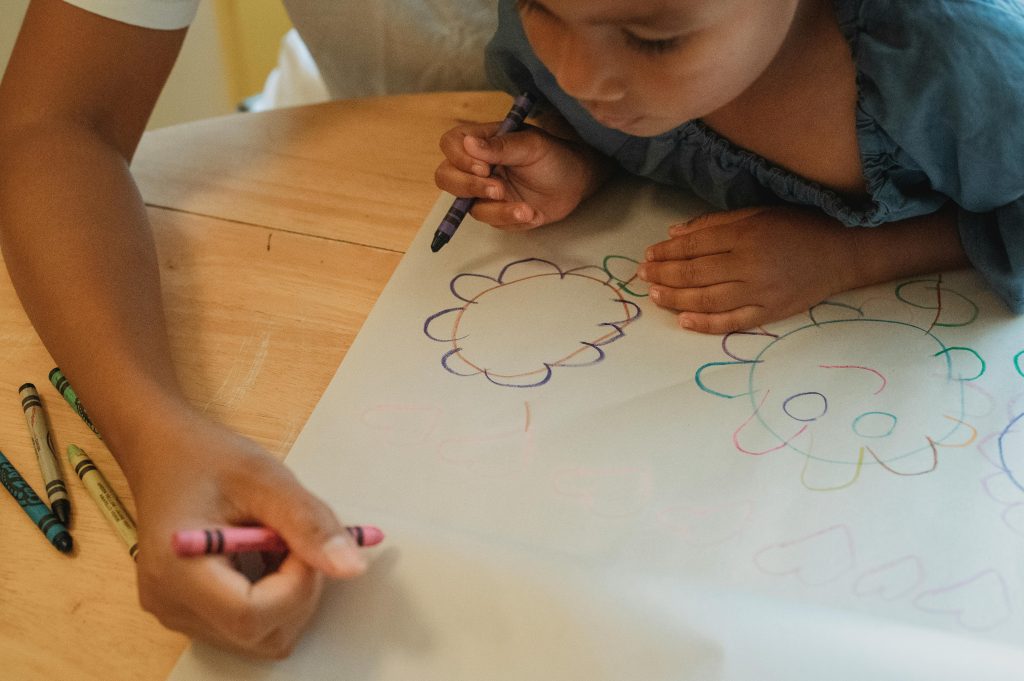
What Are Fine and Gross Motor Skills in Preschoolers?
Fine motor skills are all about the small stuff. These are the tiny muscle movements in your child’s hands and fingers that let them do things like stack blocks, button a shirt, hold a crayon, or use scissors. You’ll see fine motor skills in action when your preschooler proudly zips up their coat or scribbles their name (or at least a few good-looking squiggles).
Gross motor skills are the big moves like running, jumping, climbing, skipping, and dancing. These skills involve the larger muscles in the arms, legs, and core. Gross motor skills help your child move through the world, play on the playground, ride a trike, or show off their best superhero poses.
Together, fine and gross motor skills help kids become more independent, confident, and ready for school and life. Plus, they make everyday things like playing, dressing, and eating so much easier.
How These Skills Develop and What You’ll Probably Notice Along the Way
Motor skills don’t just pop up overnight. They build over time, step by step, as your child grows and explores. You’ll start to see early signs of these skills in toddlerhood, but preschool is when things really take off.
How these skills grow depends on a mix of things—your child’s personality, how much active play they get, how often they use their hands, and even how much screen time they have. In fact, there’s growing concern from teachers and researchers about a noticeable decline in fine motor skills. A recent national survey found that over 75% of early-grade teachers reported more children are struggling with basic fine motor skills like holding pencils, using scissors, and tying shoes than they did just five years ago. The shift is linked to more screen time, less outdoor play, and modern routines that often leave out hands-on tasks.
By ages three to five, most preschoolers hit some exciting milestones. For fine motor skills, this might look like drawing shapes, cutting paper with some supervision, stringing beads, or learning to dress themselves. You’ll notice their grip improves and their hand control becomes more precise. That means more drawings on the fridge and maybe fewer spills at snack time.
On the gross motor side, they’re likely climbing stairs solo, running more smoothly, hopping on one foot, pedaling a tricycle, and mastering the playground slide with flair. Their balance and coordination are improving every day, which makes outdoor play even more adventurous.
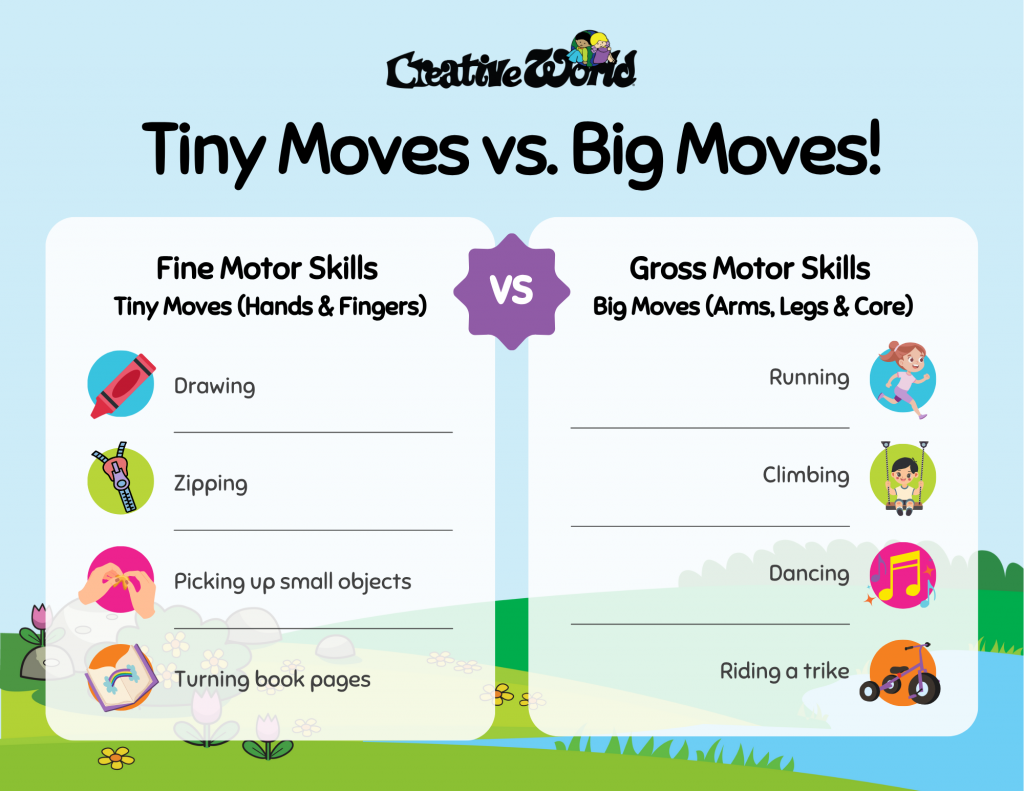
Fun Activities That Help Build These Skills
Good news. Building motor skills doesn’t require fancy tools or expensive toys. Most of the time, natural play is the best teacher.
For fine motor practice, set up some art time with crayons, markers, or watercolors. Let them use child-safe tweezers to move soft pom-poms, play with playdough, stack blocks, or lace large, chunky buttons onto thick string. Even simple things like peeling stickers, squishing slime, or rolling little balls of dough can help strengthen those small hand muscles all while keeping it safe and fun.
Gross motor skills come to life through movement. Create a mini obstacle course in your living room using cushions and chairs. Dance to your child’s favorite music, jump in puddles, or play Follow the Leader outside. Games like hopscotch, catch, or even chasing bubbles help kids move their bodies in all sorts of fun ways.
The best part? Your child is learning while they’re playing and they won’t even realize it.
Why This All Matters More Than You Might Think
It’s easy to focus on ABCs and 123s when your child is getting ready for school, but motor skills are just as important. They help your child do everyday things on their own like brushing teeth, putting on shoes, or carrying their backpack. That independence builds confidence and pride.
Down the road, strong motor skills support everything from writing neatly to sitting up straight at a desk to participating in group games at recess. They even help with emotional development because when kids feel capable, they’re more willing to try new things and bounce back when something’s tricky.
So whether your preschooler is concentrating on a craft project or running full speed toward the swings, those little moments are doing big things for their growth. At Creative World School, our hands-on activities are designed to build both fine and gross motor skills, with caring teachers who guide and support your child every step of the way. Discover how our play-based curriculum supports motor skill development. Schedule a tour at a preschool near you today!


